Author: Marshall Schott
It was early Spring of 2002, I’d recently turned 21 and was curious to branch out from the yellow swill I’d consumed so much of in the years prior. Living in Bellingham, WA, there were few options outside of the typical college town bars and big chain restaurants for those pining for a pint of “microbrew,” the term used for any beer that wasn’t Bud, Miller, or Coors.
But there was Boundary Bay Brewery, which held rank as the sole craft brewery in all of Whatcom County for nearly 2 decades. On my first trip there, I recall being overwhelmed with all of the options. I was acquainted with IPA and ESB, thanks to the local grocer stocking stuff I’d never heard of, but the virgin landscape of both my beery mind and palate left me unsure of my own preferences. After reading through the descriptions and asking the bartender questions in a way that made it very clear, along with my lacking facial hair, I was ignorantly uninitiated, I settled on an offering that sounded more like a liquor than a beer– Scotch Ale.
I credit my experience that damp evening as being the impetus for what ultimately became a lifelong obsession with beer and brewing. Creamy and warming with just enough caramel character to balance the roast, that Scotch Ale was a far cry from the bitter pine-bombs I’d been forcing myself to get used to. Naturally, when I started homebrewing, it was high on my to-brew list.
There’s really not much that goes into brewing a Scotch Ale, or what’s now commonly known as Wee Heavy. Some traditional Scottish breweries are known to condense portions of the wort into a syrup then add it back into the boil to impart certain characteristics, but as far as I know, this isn’t terribly common practice. The BJCP provides the following description of Wee Heavy:
Rich, malty, dextrinous, and usually caramel-sweet, these beers can give an impression that is suggestive of a dessert. Complex secondary malt and alcohol flavors prevent a one-dimensional quality. Strength and maltiness can vary, but should not be cloying or syrupy.
I’ve made a few versions of Wee Heavy in the past that turned out well, but it’s not a style I’ve focused much on. Back in June of 2015, a local homebrewing buddy named Scott Bailey, aka Scotty B, gifted me a bag of milled grain he’d picked up a month earlier. He explained he got too busy after picking the grains up to brew and was wary of using month old milled grain, so he gave it to me thinking it might make for a good xBmt.
I placed the bag of grains on a shelf in my garage and that’s where they remained until I decided to use them over 2 years later.
| BREWING THE BEER |
Scott told me this Scotch Ale recipe was designed by another local homebrewer, Sean Kuykendall, whose beer I know to be solid. I adapted the hops to fit with what I had on hand.
Short & Shoddy Wee Heavy
Recipe Details
| Batch Size | Boil Time | IBU | SRM | Est. OG | Est. FG | ABV |
|---|---|---|---|---|---|---|
| 5.5 gal | 30 min | 17.8 IBUs | 15.9 SRM | 1.087 | 1.024 | 8.3 % |
| Actuals | 1.05 | 1.014 | 4.7 % | |||
Fermentables
| Name | Amount | % |
|---|---|---|
| Pale Malt (2 Row) US | 8 lbs | 44.14 |
| Pale Malt, Maris Otter | 8 lbs | 44.14 |
| Biscuit Malt | 8 oz | 2.76 |
| Caramel/Crystal Malt -120L | 8 oz | 2.76 |
| Carapils (Briess) | 8 oz | 2.76 |
| Crystal 75, 2-Row, (Great Western) | 8 oz | 2.76 |
| Chocolate Malt | 2 oz | 0.69 |
Hops
| Name | Amount | Time | Use | Form | Alpha % |
|---|---|---|---|---|---|
| Perle | 35 g | 20 min | Boil | Pellet | 8.3 |
| Hallertauer Mittelfrueh | 30 g | 10 min | Boil | Pellet | 2.4 |
Yeast
| Name | Lab | Attenuation | Temperature |
|---|---|---|---|
| Tartan (A31) | Imperial Yeast | 73% | 65°F - 70°F |
Notes
| Water Profile: Filtered Fresno with no adjustment |
Download
| Download this recipe's BeerXML file |
With the grain milled over 2 years prior, my preparation the night before brewing consisted of collecting water, which I simply filtered and didn’t adjust with minerals or acid. Having set my heat stick timer to turn on a couple hours early, I awoke to perfectly heated strike water. And by “perfectly heated” I mean it was where I guess it needed to be based on experience.

After removing the heat stick, I dropped in the bag of grains and gave it good whippin’ before checking too see if I’d hit a reasonable mash temperature. Yep!
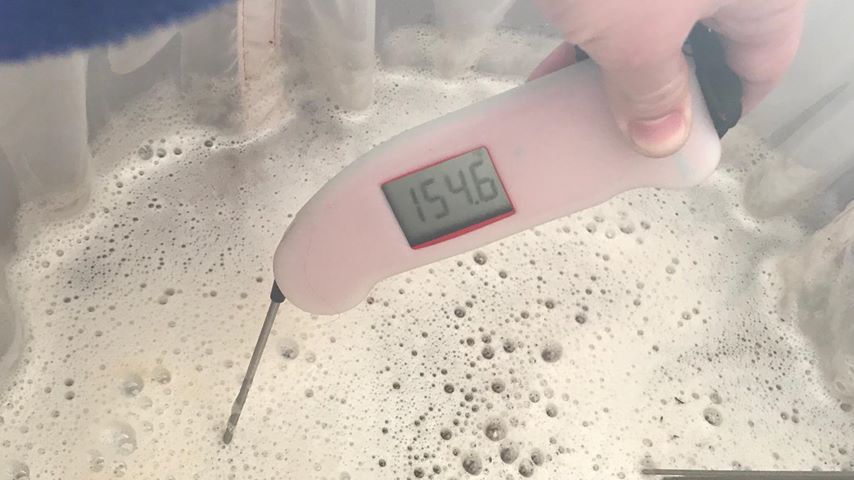
Given the nature of this particular brew, I would’ve felt wrong not shaving some time off the mash rest. But I’ve used grain milled by the place Scott bought these grains and knew it to result in a roughly 8% efficiency hit, so instead of the standard 20 minute mash, I let it ride for a full 30 minutes before removing the bag and gently twisting it until pre-boil volume was reached.
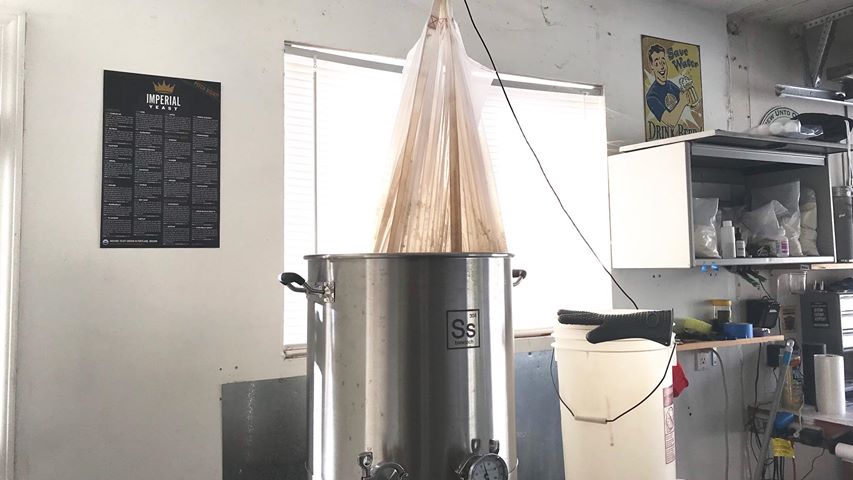
I kicked the burner into high gear, which quickly brought the wort to a rolling boil. I skipped taking a pre-boil OG reading like I usually do and went right to measuring hops, which I’d adapted to work with a hasty 30 minute boil.
At the end of the boil, I quickly chilled the wort to 73°F/23°C in the time it took to get through the entirety of England Dan & John Ford Coley’s Love Is The Answer and the first half of Kenny Loggins’ This Is It. I then racked 5.5 gallons/21 liters of moderately truby wort to a Brew Bucket.
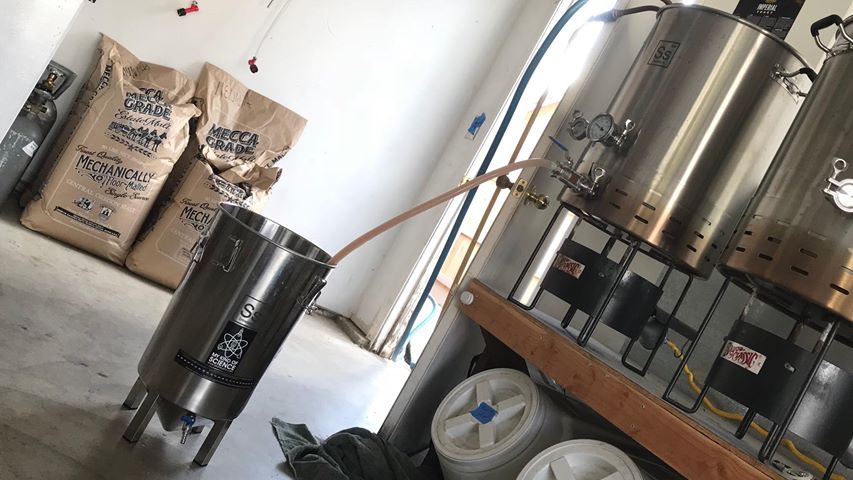
I opened up a fresh pack of Imperial Yeast A31 Tartan and pitched it directly into the warm wort.
It was at this point I took a hydrometer measurement that showed the OG had come in waaaaay lower than expected, 0.037 SG points lower to be exact, certainly more than what could be accounted for by grain crush alone.

Whatevs! I placed the filled fermentor in my fermentation chamber only to give it a place to stay, as I left the regulator set to chill only when the ambient temperature rose above 85°F/29°C. It was the tail end of winter and my garage maintained a relatively cool temperature– after an initial drop to 66°F/19°C, the beer capped out at only 70°F/21°C. I took this opportunity to try out a new prototype I’ve been working on to reduce oxidation– the BrüLoonLock.
The CO2 reservoir of the BrüLoonLock filled rather quickly during active fermentation such that I had to relieve it periodically. Toward the end of fermentation, it was full of homemade CO2 ready for reuse!
With a hydrometer measurement suggesting FG was reached 10 days later, I cold crashed the beer in primary, allowing the CO2 contained in the taut BrüLoonLock to get sucked back in, thus avoiding oxygen contact. I also fined with gelatin. After 24 hours, I transferred the beer to a keg and had to fill the BrüLoonLock with commercial CO2 one time during the process. The full keg was placed in my keezer and burst carbonated for 15 hours at 45 psi before I reduced the gas to serving pressure and let it condition another week before serving it to blind participants. I was quite happy with how this beer ended up looking.
| METHOD |
Participants, all blind to the brewing methods used, were served samples of the beer in standard clear taster glasses then asked to focus on its appearance, aroma, flavor, and mouthfeel. Each participant completed a brief survey in a relatively quiet setting after being instructed not to interact with others while evaluating the beer.
| RESULTS |
A total of 20 people of various levels of experience participated in this Short & Shoddy evaluation. Participants were first asked to write-in the style they believed the beer to be based on their perception.
Tasters were then instructed to rate how hoppy, malty, and dry they perceived the beer to be on a 0-5 scale where a rating of 0 indicated “not at all” and 5 indicated “extremely;” these ratings were then averaged.
Tasters were provided a list of common hop, malt, and yeast characteristics then instructed to select from each the one they perceived as being strongest in the beer.
Hop Characteristics
Malt Characteristics
Yeast Characteristics
Next, participants were asked to indicate whether or not they detected any off-flavors in the beer; those who did were provided a list of common off-flavors and instructed to select the one they perceived as being strongest. Out of the 20 participants, 0 reported perceiving any off-flavors.
Tasters were then asked to rate how much they enjoyed the beer on a 0-5 scale where 0 indicated they hated it and 5 indicated they loved it.
Finally, the beer style was revealed to participants and they were asked to rate how representative it was on a 0-5 scale where 0 meant “not at all” and 5 meant “exactly.”
My Impressions: This beer was real good, I happily drank pint after tasty pint. The ABV being quite a bit lower than expected, it didn’t quite encompass everything I’ve come to expect from a Wee Heavy, to me it tasted more like a Strong Bitter– toasty with a noticeable though not cloying caramel character, moderately dry, and surprisingly easy to toss back. I didn’t perceive any off-flavors and certainly none of the staleness I expected from using milled grain that’d been sitting out for so long.
| CONCLUSION |
When it comes to Short & Shoddy beers, I’m wont stick with the style that was intended rather than adapt to fit the outcome, only because it seems more honest. Given the huge hit to efficiency and subsequent lower OG than expected, this particular beer would more appropriately be categorized as a Scottish Export or perhaps a Strong Bitter, which based on the blind participant data, suggests the beer was more inline with as well.
Similar to past experiences, it would seem the abbreviated mash and boil times had little if any noticeably negative impact on this Wee Heavy, neither participants nor I perceived anything in the way of DMS or diacetyl. In fact, the beer was remarkably clean to my palate. While I’ve come to basically accept such results, what really got me was that nobody noted the beer as tasting stale or oxidized despite the fact the milled grains sat in my wildly temperature fluctuating garage for over 2 years.
The most obvious issue with this brew was the significantly lower OG than expected, one possible culprit being the reduced mash length, though it seems more likely a function of the milled malt’s age. In addition to the numerous online stories from brewers reporting similar observations, there’s some evidence the enzymes required to convert starch into fermentable sugar degrades over time.
While this particular “Wee Heavy” was low enough in strength to demand quotes, it turned out to be a rather delicious beer that most people enjoyed and I certainly had no issues drinking. Save for exBEERimental purposes, there is zero chance I’ll ever intentionally age milled malt prior to brewing with it and wouldn’t recommend anyone adopt this as standard practice. However, for the person fretting over whether or not to toss the grains they had milled a month or two before they could get to brewing, my goodness, just brew it!
If you have thoughts about this Short & Shoddy brew, please feel free to share in the comments section below!
Support Brülosophy In Style!
All designs are available in various colors and sizes on Amazon!
Follow Brülosophy on:
FACEBOOK | TWITTER | INSTAGRAM
If you enjoy this stuff and feel compelled to support Brulosophy.com, please check out the Support page for details on how you can very easily do so. Thanks!

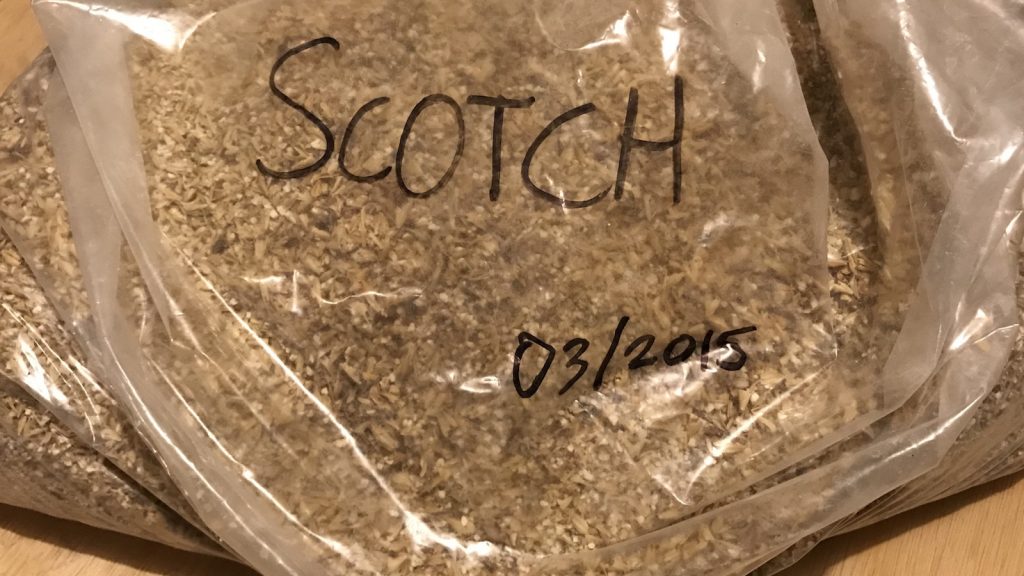
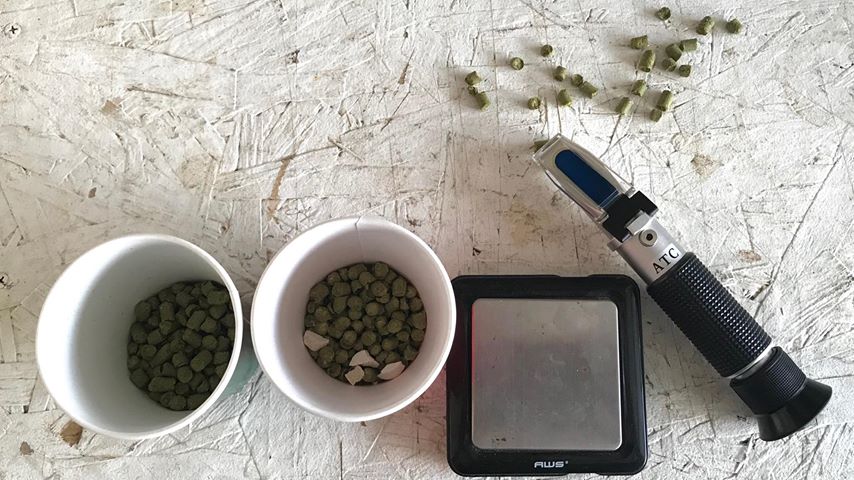
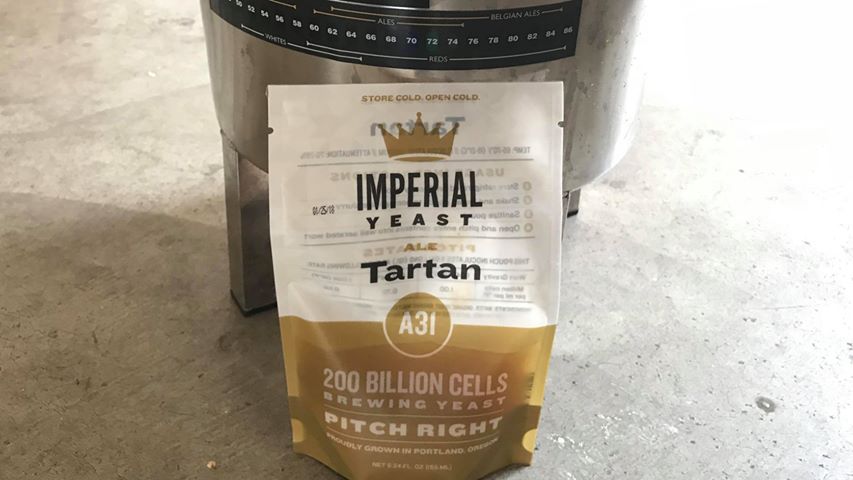
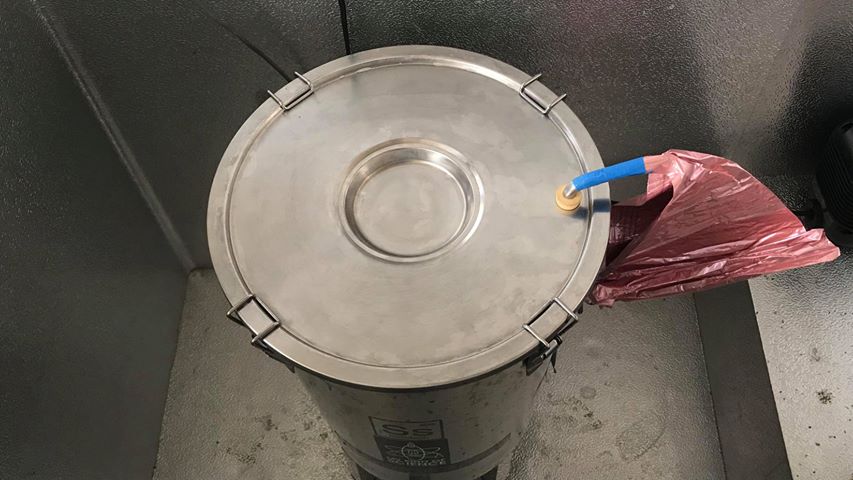
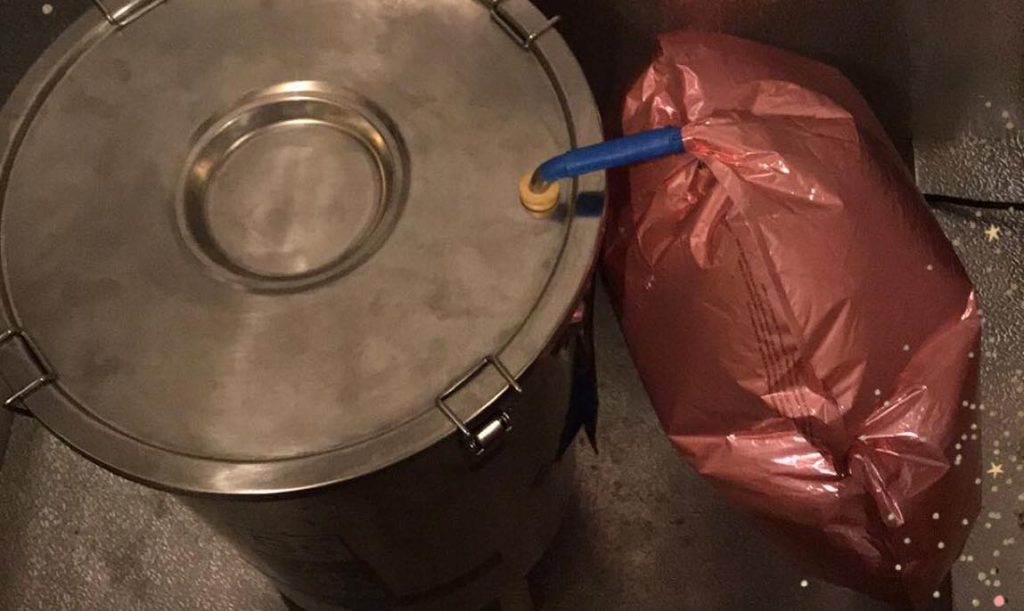
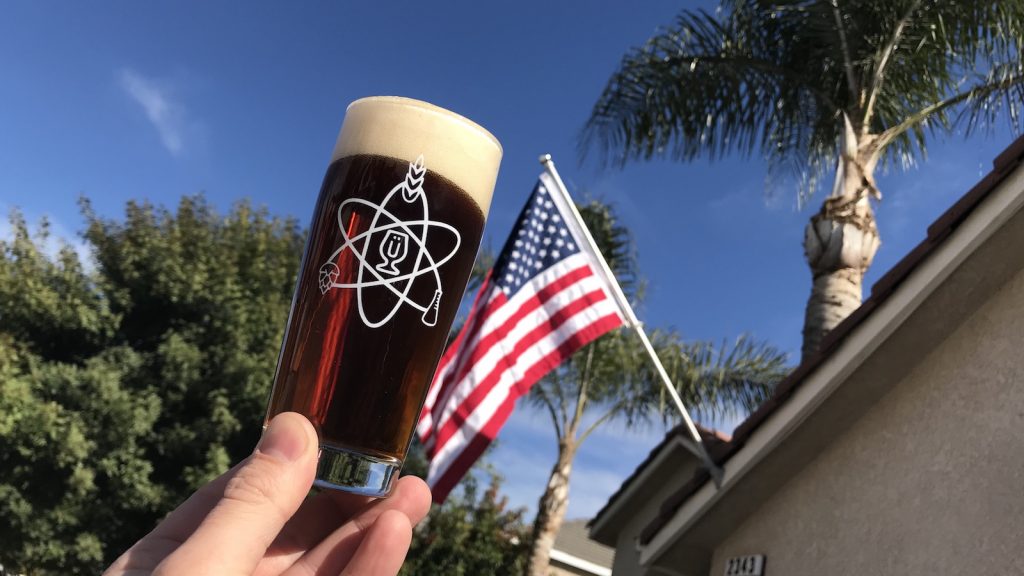
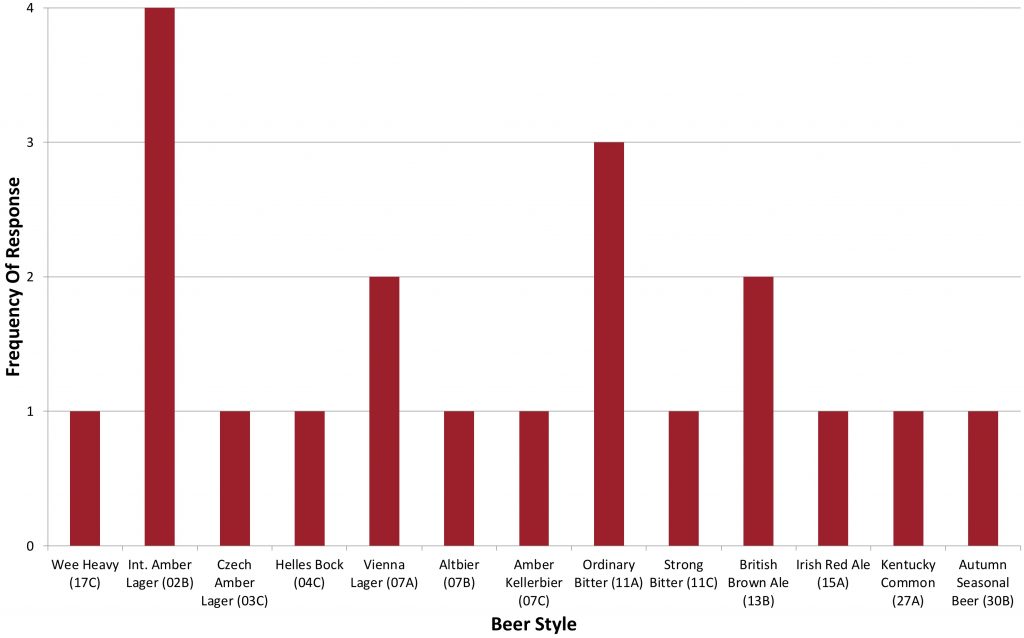


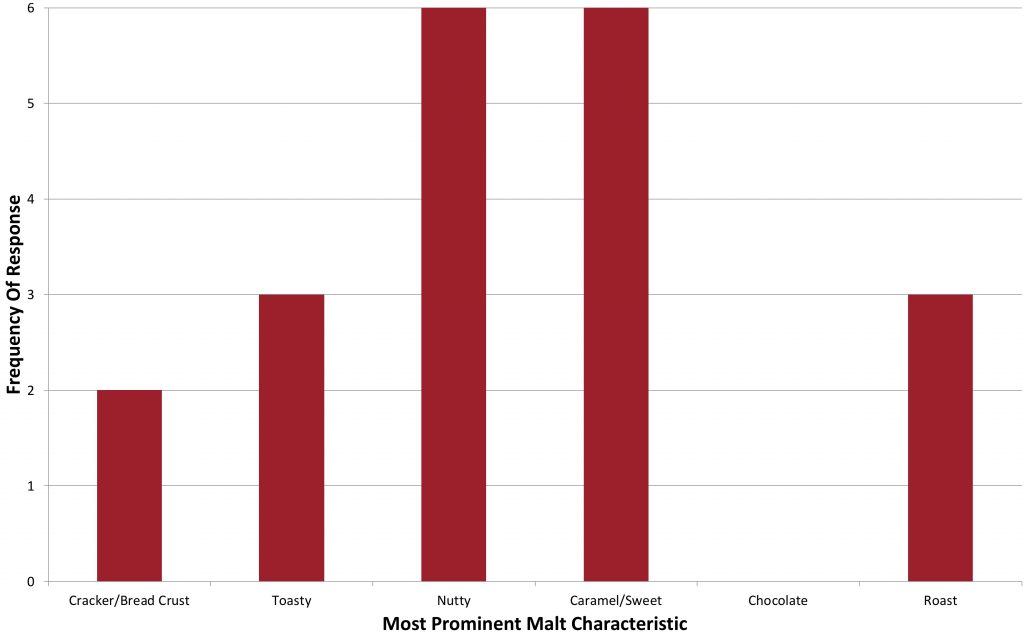
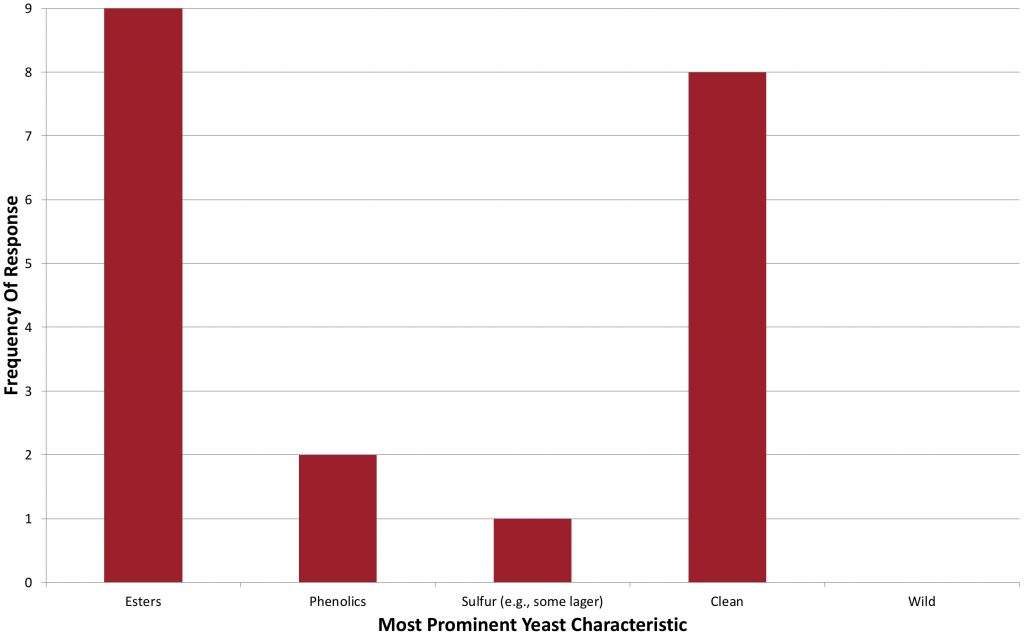
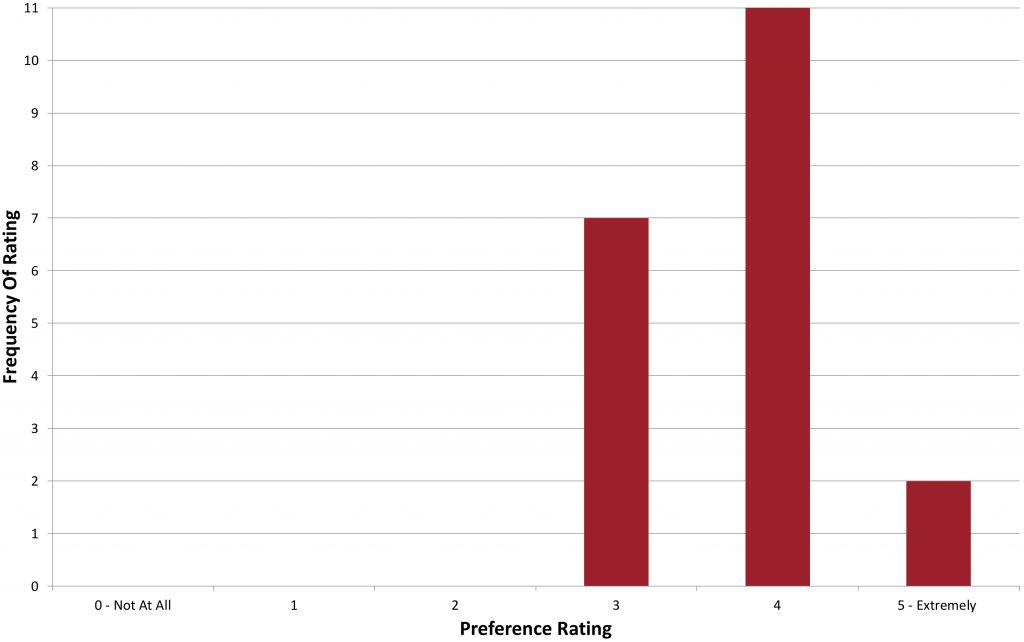
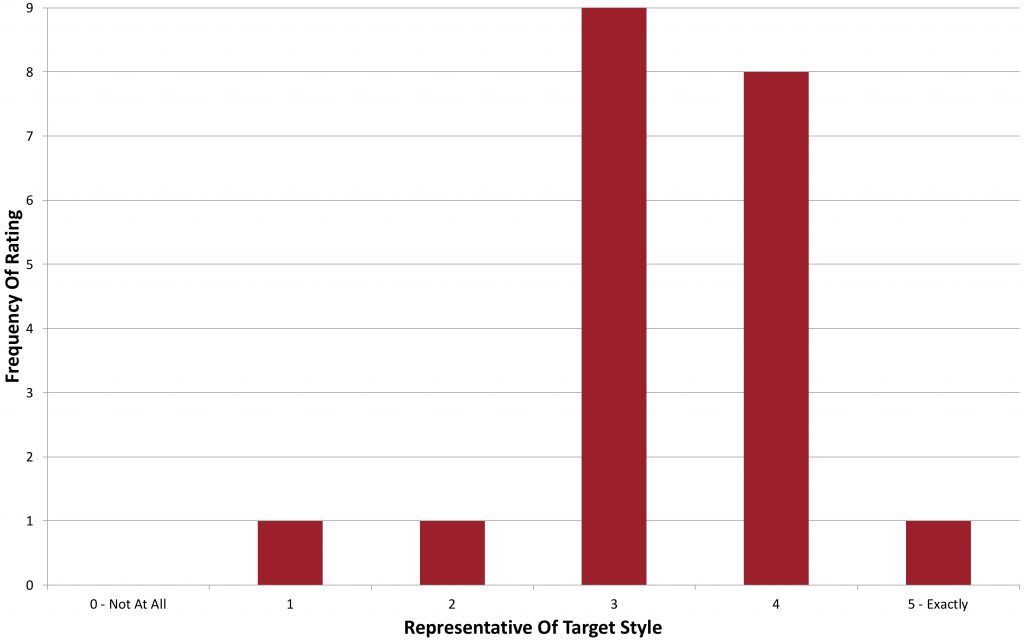










25 thoughts on “Short & Shoddy | Wee Heavy”
Sounds like you were listening to 70s light Rock on Pandora?
Glad the beer turned out, more inspiration for short batches of my own. Thanks for doing it.
Yacht Rock
My podcast listening alternates between brulosophy and ‘beyond yacht rock’. Both very informative and entertaining podcasts!
guessing you release your loads of CO2 in your greenhouse then? it’s all about those synergies heh
Still digging you enjoyed my wee heavy. Definitely a recipe I need to brew again. But next up is an attempt on tweaking a red ale im working on. so itll have to wait plus I prefer the wee’s more over the winter it being so damn high in abv. Not that I wont drink one if its in front of me.
I really liked this article and experienced something similar although not as drastic: I brewed an extract kit that was easily 6-8 months old. Since most the fermentables were coming from extract I reasoned that grains were contributing such a small percentage of overall sugars I just went with it. The beer is in primary now, but initial sampling of the wort suggests I’m in good shape (it’s s doppelbock so I’ll report back in a few weeks). Cheers!
How did you get the gelatin solution into the fermenter?
Good question! After a day of cold crashing, once the beer was stable at 32F/0C, I very gently moved the lid out of the way just enough to pour the gelatin in, then I gave the BrüLoonLoon a soft squeeze while swiftly replacing the lid.
About a year ago, I asked a very small local brewery if I could add a couple bags of grain to their order and pay them for it in order to take advantage of the huge cost advantage. Being very small, they have all their grain pre-milled as they do not have a mill of their own. Unfortunately I did not realize this and thus was stuck with two 50 or 55 pounds of pre-milled 2-row. As I took a hiatus from brewing for several months, I still have quite a bit left (which I kept stored in my 60 pound Vittles vaults) but have brewed with three times over the past six weeks. My efficiency was in the mid 70’s when I was milling my own grain but with the year old 2 row, was more in the 66-68% range. I attribute this to the crush of the grain as I did brew with the pre-milled grain immediately after getting it from the brewery and it was also in that same 66-68% range. This indicates to me that the age of the milled grain was not likely a factor in the decreased efficiency but moreso the crush. It might be worth a second exbeeriment to replicate this, in that the aged pre-milled grain is properly stored and seeing if the efficiency is similar to what the contributor’s efficiency is when milling the day of or night before.
Awesome SS post!
Your first 3 paragraphs caught my eye. My wife and I were in Bellingham at this same time going to school. She worked at one of the “chain” restaurants next to the Bellis Fair Mall. It was there where I got my intro to “craft” beer, tipping back way too many Fat Tires (still delicious to his day). Any how…her team won some competition where they were invited over to Boundary Bay for a tour and sampling. I was lucky enough to get to join. My life was forever changed by that experience, as well as a party I stumbled into at an apartment near the college where these guys had a keg of this stuff called IPA. It was cloudy AF, and so deliciously hoppy. I don’t know who those guys were but I owe them for opening my mind and my palate to what craft beer really means.
Small world!
Cheers,
Tim
There’s an at least decent chance we’ve rubbed elbows, crazy! I’m guessing the chain restaurant has a mascot with wings? The first place I lived in Bellingham was about 1.5 miles south of Bellis Fair, right where Meridian crooks into Gerard; I was in an apartment across from Sunset when I started brewing a couple years later.
It’s crazy to think of how much the beer scene up there has changed since I left in 2004. Whenever I’m up there, I make it a point to stop at Boundary Bay, as well as Chuckanut, which tops my holds a place on my top 5 favorite breweries in the world. If only they were around when I lived there…
A real decent chance! Nailed it. Mascot with wings!!!! We lived in a 4-plex on Northwest Ave, about a mile from the mall and across from Shuksan Middle School. Yeah the beer seen has blown up in that area. A lot of great beer for sure. We are now in Olympia, where the beer scene is solid, and improving every year. If you ever find yourself in the area drop me a line and beers are on me. tjcollins1455@gmail.com
-Tim
Haha, awesome man!
1. Thanks for making me feel old. 2. Nice yacht rock. 3. Entirely out of curiosity, since your results (the beer) speak for themselves, how did the grain smell when you opened the bag to mash it? I guess I would have expected some rancidity, you didn’t mention either way.
1. Not sure how I did that, but you are welcome!
2. Only the best for me.
3. The grain smelled an awful lot like milled grain, nothing noticeably different about it, similar pungency and all. Not rancid in the slightest.
with respect to rancidity:
I think it is the oils that go rancid, due to oxidation. Oil content will vary from grain to grain, but I suspect barley has very little, as opposed to oatmeal or corn, for example. In addition, different oils oxidize at different rates, and the rate seems to increase with temperature. Sunflower seeds, for instance, go rancid super fast, so I store them in the freezer.
My own data point: I’ve used 5-10 year old malts in different brews, and haven’t noticed an off flavor. I suspect the flavor isn’t as good as it could be, though.
Sounds like a future xbmt, no? I can contribute 1# C-120 that is at least 5 years old if you’re interested
Looks delicious. I have 10 Gallons of Scottish Ale fermenter now. Timw for a new recipe.
I dig the soundtrack.
These short and shoddys are interesting! I haven’t yet shortened my mash time, but I have shortened my boil. Sparging takes a long time at my brewery though….
No sparge FTW!
I wouldn’t hesitate to shorten your mash, especially if sparging takes a while. It’s still mashing, unless you get the temp up right away.
Do you think the amylase could have oxidized due to storing the already ground malt so long? Would it be against the short and shoddy philosophy to add some as insurance? If you wanted to make a beer similar to the one that resulted, would you just cut back on the base malts and leave the rest of the recipe unchanged?
That’s probably what I’d do.
Marshall, Have you ever tried to clone BB Scotch? We are now living in the Bellingham area and BB Scotch has become one of my favs. I would like to be able to brew some of my own.
I haven’t, but I do love that beer!